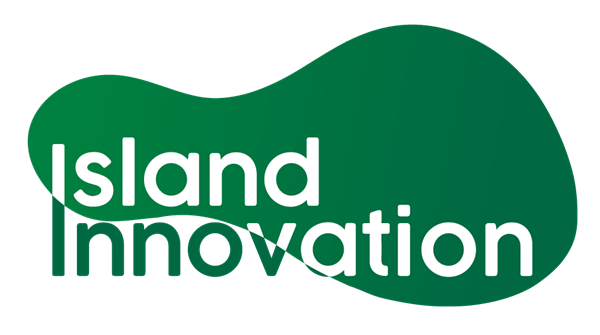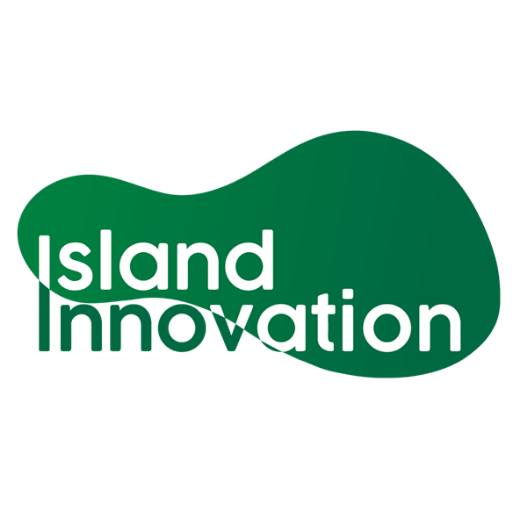In our previous posts, we discussed the economic benefits of attracting a variety of remote workers and how to increase your popularity as a destination for digital nomads. This article is the third part of our remote worker insights series and aims to highlight the key considerations and challenges for destinations when it comes to attracting and integrating remote workers.
Retaining your community and supporting your economy
Remote workers are likely to be searching for a community. This may be with other digital nomads like themselves, but they are also likely to be looking for ways to integrate and participate in the local community. The more effort you place in the planning of this integration the more successful your program will be.
Rosanna Lopes, Digital Nomad Community Organiser, explains the importance of community for remote workers and why it makes them stay longer in our webinar featured below:
As Rosanna Lopes mentioned in our webinar, remote workers are looking for a work-life balance. This means they are searching for both personal and professional connections when they arrive in a new location. It is a significant shift in needs compared to the traditional tourism market. A nice beach might attract them, but the community is what will make you, as a destination, highly successful.
Those who are integrated into the community are going to be more invested emotionally. Emotional investment can be as important as an economic one as it drives loyalty. This can mean that remote workers extend their stay, return to a destination more than once or recommend the destination to others. These all improve the awareness of your destination and the number of people you attract each year.
Integration is also essential for your island population. The arrival of remote workers should not be at the expense of an existing community. It is therefore essential that the new community respects the permanent residents and integrates well. This should be an integral part of any development plan.
Important considerations for islands
In addition to the essential criterion to attract remote workers to your island or rural community there are some other factors to consider:
- The type of remote worker you want to attract
- Startup or accelerator programs you may want to initiate
- Digital hubs and technological infrastructure
- Community support
- Long term growth objectives
- Marketing of your destination
These considerations should form part of your planning process. Taking the time to establish your desired audience and reflecting on their particular needs will pay ten-fold in the future. It will make outreach easier as well as having a higher success rate. You don’t need to attract the entire remote worker community, only those that will benefit your island in the long-term.
Types of remote workers
As we mentioned previously there are many types of remote workers. Below are a few examples of the types of remote workers you might decide to target:
- Engaging the diaspora
- Freelancers – either local or global clients
- Contracted employees who can work remotely
- Niche sector workers (healthcare, ICT, …)
- Entrepreneurs and innovators
- Remote business owners
- Semi-retired workers
- Seasoned digital nomads (+3 years experience)
- New digital nomads and backpackers
In addition to the above, you might find that you want to consider other criteria within your audience demographics:
- Nationality
- Expertise
- Revenue
- Age
- Family set up
For example, Startup Madeira decided to focus on professionals from major companies and digital entrepreneurs who wanted to live like a local for 1 to 6 months, and they did this by offering a free working space with a good internet connection. During our remote worker webinar, Audrey Joachim talked about being able to return to Guadalupe:
Numerous island communities have suffered in the past from ‘brain drain’ where-by many highly qualified young professionals left the community to seek job opportunities in big cities. With remote working, there is a real opportunity for working professionals to return and progress in their careers. The idea for Barbados Welcome Stamp came from Peter Thompson who returned home after working in Canada for many years. He believes that attracting remote workers would help save Barbados from the fall in tourism.
Digital hubs or accelerator programs
If a key objective of welcoming remote professionals is to drive innovation and economic growth then it is important to consider the supporting infrastructure. Are you going to build a dedicated workspace for your digital nomads? Or perhaps you are going to launch an accelerator program that attracts the best global talent?
There could be efforts also to pair startups (whether tourists or diaspora) with local companies or training. Businesses would be encouraged to employ locally which will hopefully mean knowledge and experience is retained on the island should the start-up move elsewhere.
Should you be looking to attract remote workers for opportunities within specific sectors, you will want to consider their particular needs. Again, it will be important to distinguish if you want to attract previous residents, experienced nomads, or those new to remote work opportunities.
Setting up such hubs and infrastructure shouldn’t only benefit temporary remote workers. For example, outreach to the diaspora to actively promote to them to move back and invest in their country of origin or ancestry. One could argue that it makes more sense to attract this category of remote workers over the short-stay community. Many educated residents leave for career opportunities in cities but wish to return home for an improved quality of life. Your investment could remove many of the barriers to their return.
Connecting with remote workers
Once you’ve decided on the profile of your remote worker, you can establish how best to raise awareness of your destination. Then tailor your outbound communication and website to the specific needs of that type of remote worker. Competition amongst destinations is increasing. Therefore, you will need to clearly articulate your key selling points to your audience as well as making information accessible.
Destinations often fail to be explicit in their offering. Fees are hidden and application criteria are lost within terms and conditions. Think about the questions your audience is likely to have and ensure the answers are only a few clicks away. Investing in the professional translation of your website and communication ensures it is adapted to your audience.
Working with an agency, such as Island Innovation, that understands the needs of remote worker communities and can help you align your economic goals, can help you create a successful program.
Environmental impact of remote working
Global Workforce Analytics estimates that if all office workers were home-based 50% of the year, 54 million tons of emissions could be saved. Whilst this sounds impressive, attracting digital nomads actually increases their carbon footprint due to their travelling to you. Then, if they travel to co-working spaces, they could be contributing further emissions. Remote workers are still preferable to tourists who travel the same distance but stay for less time. Support digital nomads by educating them on sustainable travel on your island and introduce them to sustainability initiatives.
Potential risks to islands
The typical challenges to islands are the same as with tourism. However, there is also the potential housing/accommodation to consider. Whilst many islands are struggling to fill hotel rooms, this is not the preferred option for many nomads. Because they are looking for longer-term residence, flats or houses are more suitable. Arranmore Island Community Councillor Adrian Begley suggests conducting a housing audit and connecting homeowners to potential long-term renters.
The frustration of local communities that investment is being made for remote worker infrastructure instead of being invested elsewhere is also a potential risk. Should the influx of digital nomads be too high there could be the risk of gentrification and communities could divide. Diego Arelano talks about this very issue in the recent ATTA Digital Nomad report:
“Some places are negatively impacted as residents can’t afford to live in the area that is now popular with digital nomads. These are difficult matters that destinations and travelers need to be aware of and work toward a solution to minimize the harm.”
Ensure that community development doesn’t solely mean a nomad community, rather an approach that engages residents and new arrivals.
Finally, there is the risk of infection if quarantines aren’t respected. Many islands can leverage being COVID-free to attract remote workers. But it is still essential to have a rigorous testing and quarantine procedure in place. This protects your population as well allowing you to continue to welcome new arrivals.
Next steps
If you are interested in developing your visibility as a destination or would like to discuss how to develop a sustainable remote worker program we suggest getting in touch with our team.




